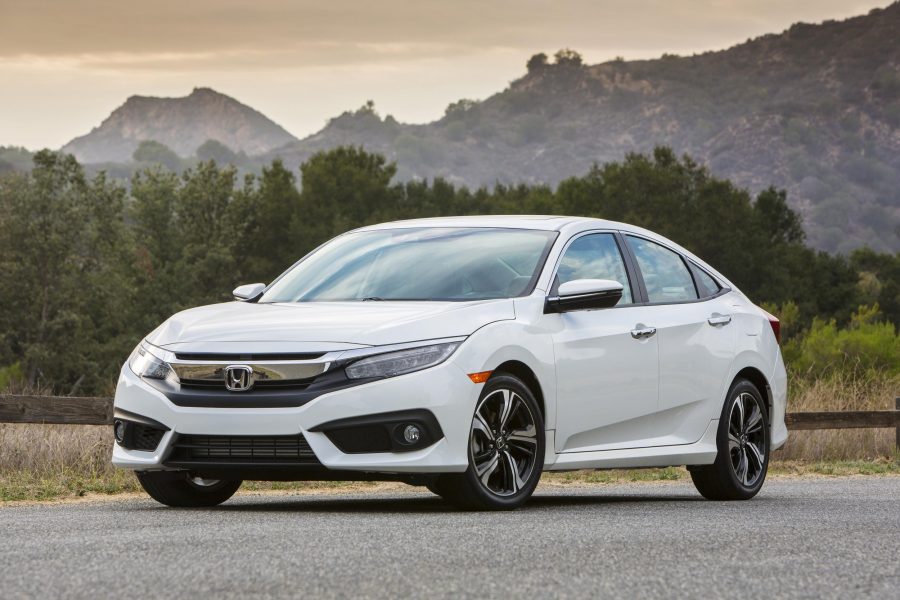The U.S. transportation sector is in the midst of an aggressive push to replace fossil fuels and the internal combustion engine with renewable energy and zero emissions electric vehicles. Government incentives have recently been updated to encourage not only the sale of battery electric vehicles (BEVs), but increased domestic production of battery packs, electric motors, and EV charging stations.
While the desire to reduce greenhouse gas emissions and fight climate change is admirable, analysis of a gasoline vehicle’s total environmental impact must be compared to an electric vehicle’s complete carbon footprint to understand which vehicle design is truly better for the planet. Zero tailpipe emissions are the most obvious advantages electric cars have over gasoline cars, but if the power plant charging an EV isn’t using renewable energy sources the electric vehicle’s low-carbon advantage falls dramatically.
The manufacturing process – along with the eventual destruction and recycling – of an electric vehicle are two more critical factors in evaluating an EV’s total carbon footprint. This complete greenhouse gas emissions life cycle analysis (sometimes called “cradle-to-grave”) takes into account the CO2 emissions generated by both lithium-ion battery production and the overall vehicle manufacturing process for electric cars versus conventional vehicles.
Does this mean electric vehicles really aren’t better for the environment? No, but it does mean their carbon emissions and overall contribution to air quality aren’t as clear cut as simply pointing to a Tesla and saying, “See, no tailpipe means no air pollution, which must be better for the planet.”
The EPA’s website takes everything from EV battery production to renewable sources of electricity generation into account. The agency also evaluates an electric vehicle’s potential for reduced carbon dioxide production and overall lower emissions over the course of its lifetime. The EPA’s data confirms an electric vehicle’s higher CO2 emissions from EV battery manufacturing, but also shows the life cycle advantage for electric cars – IF they are charged by clean energy sources.
Unfortunately, the primary source of electric energy across the U.S. remains coal and natural gas, which means most EVs are essentially transferring greenhouse gas emissions from their non-existent tailpipes to a power plant’s smokestack. However, some states, including Alaska and California, have a high percentage of clean energy generation from hydroelectric, solar, and wind power. Electric vehicles in these areas are likely generating fewer emissions throughout their total life cycle than a gasoline-powered vehicle.

While the reality of electric vehicle emissions is higher than many people realize, don’t be discouraged if you thought electric vehicles were your only clean transportation option. Buyers looking to substantially reduce their carbon footprint, without going full EV, should consider a plug-in hybrid electric vehicle (or PHEV). Examples include the Kia Sorento Plug-In Hybrid and Toyota RAV4 Prime.
Most PHEVs are eligible for the same tax credits given to EVs. And because PHEVs offer between 25 and 50 miles of electric-only operation, they can essentially match an electric vehicle’s zero tailpipe emission operation for most consumers’ daily driving chores. And, even when a PHEV’s electric range is fully depleted and their engine’s fire up, they still deliver substantially higher MPG ratings than a traditional gasoline vehicle.
While some automakers are rapidly moving toward an all-electric fleet, some see PHEVs as an alternative form of electrification that provides the best of both worlds – zero emissions under most driving conditions, with highly reduced emissions even when operating in hybrid mode. Until the U.S. electric grid is powered primarily by renewable energy, PHEVs can reduce both emissions and fuel costs in today’s world, often at a price substantially lower than a similarly-sized electric vehicle.
More from iSeeCars:
- Electric Cars Vs. Gas Cars: Which Is the Smarter Buy?
- Electric Car Companies: Automakers Finding Success with Electric Vehicles
- How to Buy an Electric Car


































































